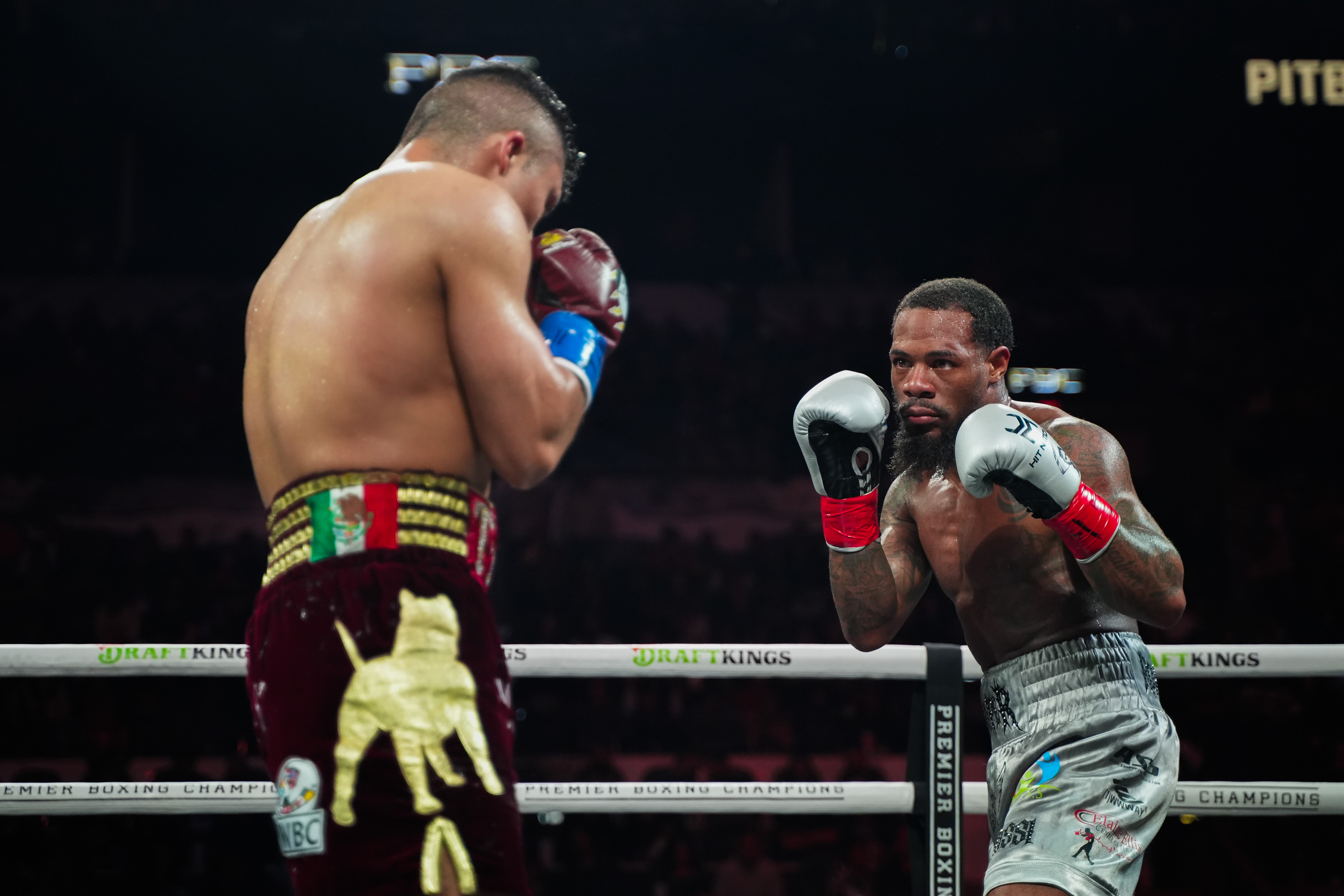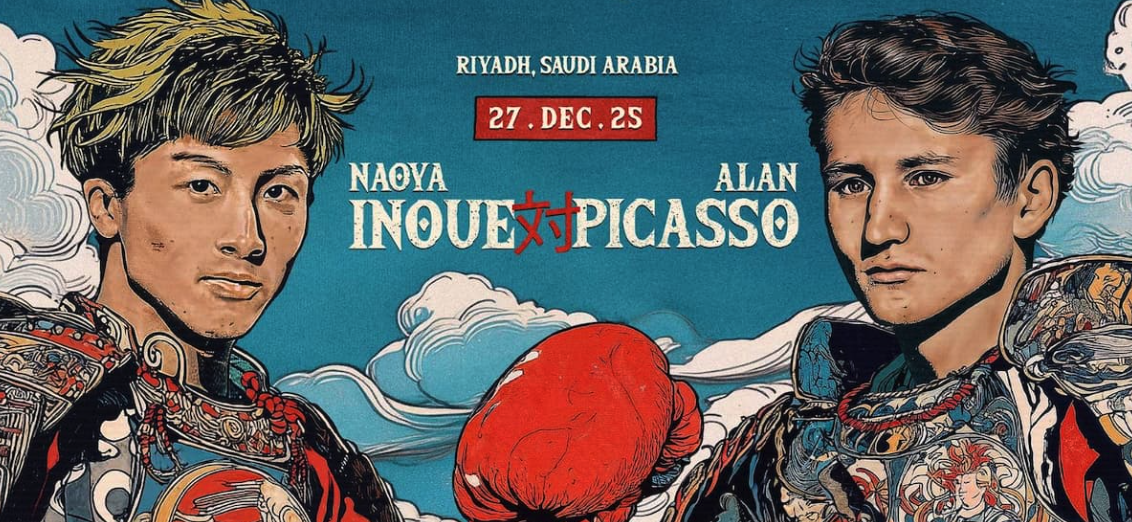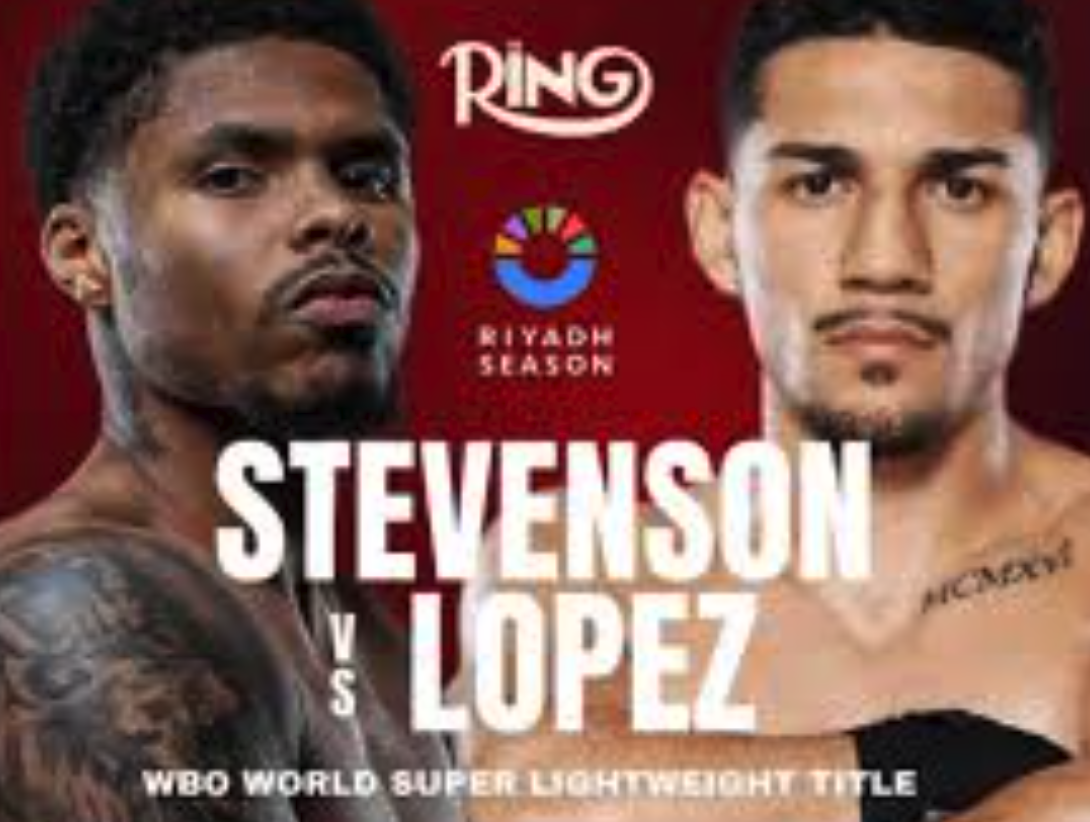IBF World Title Showdown: Hitchins vs Kambosos – Who Has the Edge?

The light-welterweight division continues to stack with talent, and the IBF title picture just got more interesting. Richardson Hitchins is set to face George Kambosos Jr. in a matchup that pairs composure with volatility, rhythm with pressure, and structure with disruption. It’s a fight that won’t just reveal who’s ready for a belt, but who’s built to stay at the top when the margins tighten and the mistakes start costing rounds.
What Do Bookmakers Think?
Interest in the fight isn’t limited to fans or analysts. Bettors have been quick to weigh in, with Hitchins opening as the clear favorite at -1200 across both domestic and international lines. Kambosos, familiar with entering as the underdog, is drawing speculative wagers—especially from those anticipating another upset. For many, offshore platforms offer better early value and flexibility. According to gambling industry expert Matt Bastock, understanding offshore betting is increasingly important for punters looking to access wider props, faster line movements, and international markets not covered by regional sportsbooks. As these operators offer early indicators of public sentiment, odds shifts may reveal more about perceived momentum than pre-fight interviews ever could.
The Case for Hitchins: Control, Rhythm, Patience
Richardson Hitchins isn’t flashy, but that’s the point. He builds rounds quietly, steals momentum with subtle resets, and smothers risk with patience. He’s not going to chase a knockout, and he doesn’t need to. Hitchins uses one of the cleanest jabs in the division to measure distance and force opponents to react. Every feint has a purpose. Every exchange is initiated on his terms.
His last three fights—especially the unanimous decision win over Jose Zepeda—show a fighter who’s grown into his frame and sharpened his identity. Hitchins isn’t rushing toward the belt. He’s been positioning himself round by round, with deliberate performances that favour longevity over highlight reels. Against someone like Kambosos, who thrives on chaos and capitalises on emotional lapses, that poise becomes a tactical weapon.
He’ll want to keep the fight at mid-range, control the real estate, and stay off the ropes. Kambosos can’t find rhythm without disruption, and Hitchins doesn’t give many chances for a fight to become messy.
The Case for Kambosos: Experience, Disruption, Toughness
George Kambosos Jr. has been here before. The former unified lightweight champion has already upset a decorated technician in Teofimo Lopez, and he didn’t do it with textbook boxing. He did it by forcing exchanges that made clean fighters uncomfortable. He disrupts. He scrambles rhythm. His speed isn’t predictable. His volume isn’t clean. But his intent is clear—get inside, land fast, and make the other guy question what comes next.
He’s also got championship rounds under his belt. That matters when you’re deep in a close fight and every mistake could swing the scorecards. Hitchins may be the cleaner fighter, but he hasn’t yet been made to adjust under pressure the way Kambosos has.
The question is whether that chaos can break through Hitchins’ structure. Kambosos needs to make the fight ugly, force clinches, land in flurries, and disrupt the rhythm Hitchins relies on to dominate. If Hitchins is allowed to dictate the pace, Kambosos will struggle to win rounds clearly.
Key Differences in Approach
There’s a clear contrast in fight DNA. Hitchins is strategic. He wins by accumulation, measured footwork, and round-by-round control. Kambosos is opportunistic. He relies on reactive counters, timing bursts, and catching clean boxers off guard. Hitchins avoids overcommitting. Kambosos draws fighters into traps. Hitchins wears you down over twelve. Kambosos tries to steal momentum every time you blink.
Stylistically, this is a classic control-versus-chaos bout. Whoever manages to impose their rhythm early likely dictates the shape of the fight. For Hitchins, that means jabbing, resetting, and dragging the fight into his tempo. For Kambosos, it means closing space, landing in bunches, and forcing exchanges on the inside.
What This Fight Means for the Division
Beyond personal stakes, the winner of this bout becomes a key figure in a resurging 140 lb landscape. With names like Subriel Matias, Regis Prograis, and Teofimo Lopez already in motion, the IBF crown carries weight. The belt is just the start. The positioning that comes with it—mandatory status, bigger fights, larger purses—is what both fighters are really chasing.
Hitchins has been viewed as a slow-burning prospect. A win here flips that label. It places him in the immediate title conversation. For Kambosos, this is a shot at relevance in a new division. He’s no longer the guy coming off a win streak—he’s the fighter looking to prove he still belongs at the top. The outcome won’t just shift the rankings. It’ll clarify which direction the division is heading: toward structured, defensive boxing or pressure-heavy improvisation.








